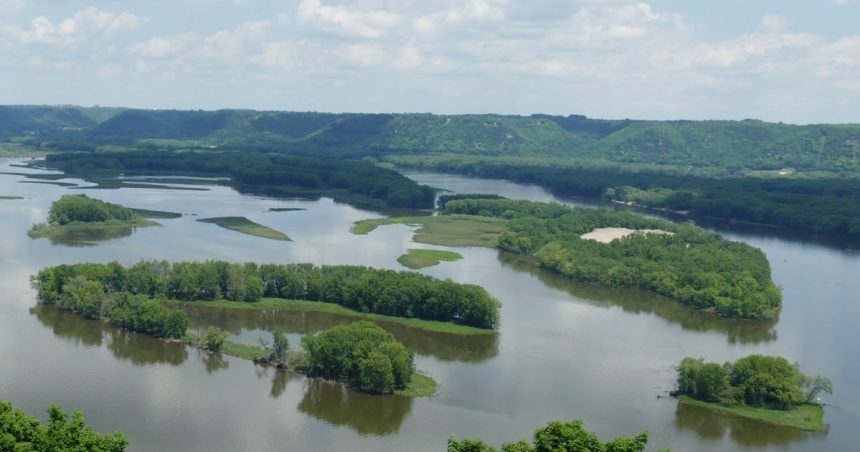The Mississippi River is at risk of reaching record-low water levels for the second year in a row and one expert is concerned about the effects it will have on barge travel.
Last October, the river hit historic low water levels of -10.81 feet. As most of Mississippi continues to experience dry and drought-like conditions this year, the river is constantly lowering by the day and working toward the dire levels from a year ago.

Austin Golding with Golding Barge Line warns that the constant lowering of the water levels is going to have a negative impact on the amount of cargo a barge is able to carry, which will end up placing an economic burden on consumers — especially in the agriculture industry.
“The bottom line means less cargo on barges making the same runs that they always have,” Golding said on MidDays with Gerard Gibert. “So, if there’s less cargo, then it’s less efficient, and it ends up costing the consumer more money.”
The current issue barge operators are facing isn’t necessarily the volume of water in their path. Rather, there has been an increased difficulty in safely loading products onto the flat-bottomed inland waterway vessels without them getting stuck.
“The real problem isn’t so much the channel of the river. It’s docks that we have that unload and load different products at these different ports we have,” Golding said. “They’re not really built to service 60 feet in bearable river height. They operate within normal river levels and standards, but they come offline whenever the river gets this low.”
One possible solution, according to Golding, would involve placing light loads of cargo onto a barge at the dock and transporting the goods to another already on the river until it reaches a full shipment. However, Golding notes that this process “takes time, money, and extra barges.”
With that solution mostly out of the equation, the fate of barge transportation along the shrinking Mississippi River rests in the hands of the U.S. Army Corps of Engineers, which has worked to instill avenues for constant water flow to keep barges en route to their destinations.
“It’s really a waiting game,” Golding explained. “The corps holds a lot of our answers in their hands. They do a lot of dredging, a lot of preventative maintenance, and put a lot of infrastructure in the river that helps it scour itself out. They’ve been our first line of defense.
Currently, the Mississippi River is at -9.46 feet, according to the U.S. Geological Survey. The full interview with Golding can be watched below.







